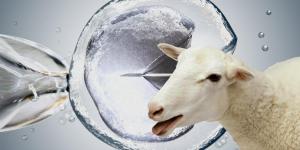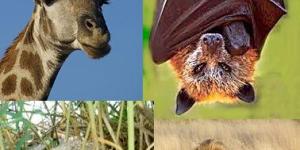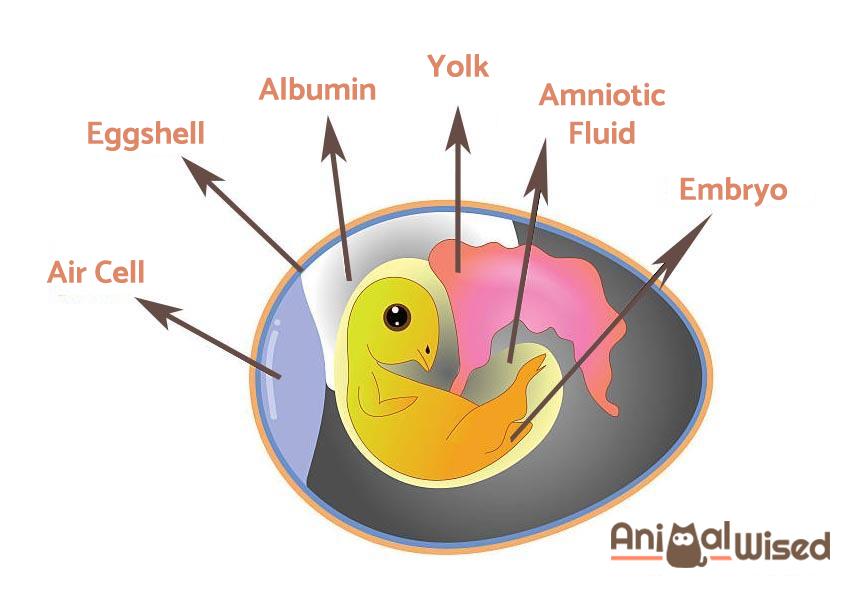What Are Oviparous Animals?

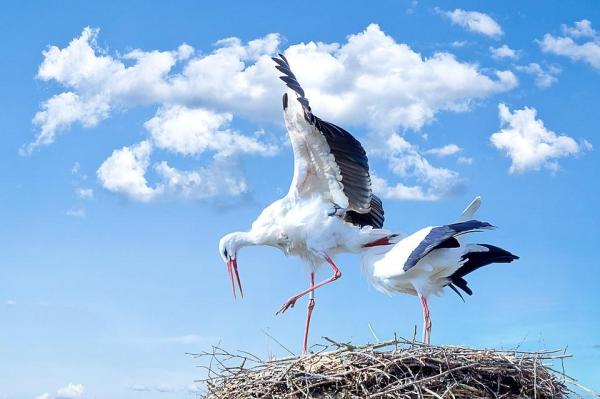
In nature there are several reproductive strategies one of them being oviparous. You should know that there are many animals which follow this reproductive path, these animals also appeared much earlier in evolutionary history than viviparous animals.
If you want to know what oviparous animals are, find out about their reproductive strategy and what it consists of, take a look at this AnimalWised article.
What does oviparous mean?
Oviparous animals are animals that lay eggs. Fertilization can be external or internal, but hatching always takes place in the external environment, never in the mother's womb.
Fish, amphibians, reptiles, birds and even occasionally some mammals, are oviparous. These animals usually lay their eggs in well-protected nests, where the embryo develops inside the egg before hatching. Some animals are ovoviviparous. Ovoviviparous animals incubate their eggs inside of the body instead of in a nest. These animals are born alive, directly from the mother's body. Some ovoviviparous animals include sharks and snakes.
Being oviparous is an evolutionary strategy for reproduction. Oviparous animals can lay one or many eggs. Each egg is a gamete formed by genetic material by the female (ovum) and genetic material from the male (sperm). The sperm must find their way to the egg, either internally (in the female’s body) or in an external environment (like in an aquatic environment) when fertilization is external.
Once the ovum and the sperm meet, the ovum is fertilized and gives rise to an embryo that develops inside the egg. Many animals produce several eggs. However, These eggs are very fragile. As a result of the egg fragility, the number of eggs hatched is high: so that at least one survives predators. Other animals produce very few eggs, but these eggs are very large and strong with an increased likelihood of development.
Being oviparous also has some disadvantages. Unlike viviparous and ovoviviparous animals that carry their developing offspring within them, oviparous animals must protect or hide their eggs during their development. The animals hide their eggs in structures called nests. Birds usually sit on their eggs to keep them warm. In the case of animals that do not actively protect their nests, there is always the possibility that a predator stumbles upon the eggs and devours them.
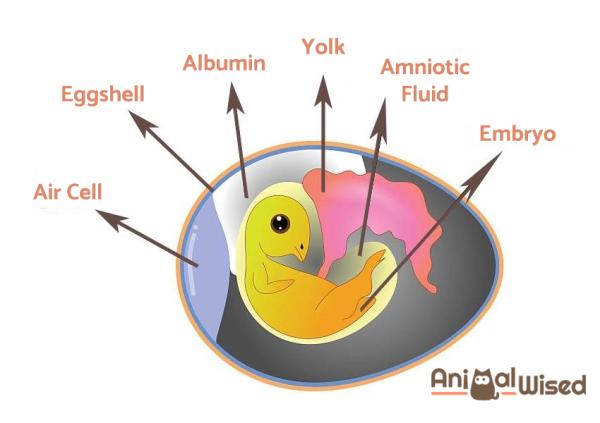
What is the difference between oviparous and viviparous?
The main difference between oviparous and viviparous animals is that oviparous animals do not develop inside of their mother, while viviparous animals experience many changes within their mother. Oviparous animals lay eggs that develop and hatch into young individuals. Whereas, viviparous animals are immediately born as living young individuals.
Birds, reptiles, amphibians, most fish, insects, molluscs, arachnids and monotremes (mammals with reptilian characteristics) are oviparous animals. Most mammals are viviparous animals. Take a look below at a list of characteristics that differentiate oviparous animals from viviparous:
Oviparous:
- Oviparous animals produce eggs that mature and hatch once they are expelled from the mother's body.
- Eggs can be laid fertilized or not fertilized.
- Fertilization can be external or internal.
- The development of the embryo takes place outside the female.
- The embryo receives its nutrients from the egg yolk.
- The probability of survival is lower than viviparous.
Viviparous:
- Viviparous animals give birth to fully developed living young animals.
- They do not lay eggs.
- The fertilization of the ovum is always internal.
- The development of the embryo occurs inside the mother.
- The embryo receives nutrients from the mother.
- The probability of survival is greater.
Which animals lay eggs?
There are many types of animals that lay eggs. Some of these animals include:
- Birds: Generally, birds that lay one or two eggs (such as cranes), have a shorter chance of egg survival. These birds spend a lot of time taking care of their young to help them survive. On the other hand, birds that lay many eggs, such as the Eurasian coot, have a higher survival rate and do not need to stay with their young for a long time.
- Amphibians and reptiles: frogs, newts and salamanders are all amphibians. These amphibians live both inside and outside of water. These animals need to remain moist, specifically when laying their eggs. Reptiles, such as lizards, crocodiles, turtles and snakes, can live on land or in water. These reptiles lay eggs both internally and externally. These animals do not tend to their nests, therefore they lay many eggs to combat a decrease in offspring survival rates.
- Fish: all fish lay their eggs in water. A female fish freely: expels her eggs into the environment, places them in aquatic plants or hides them into small sand holes. The male fish then releases his sperm onto the eggs. Some fish, such as cichlids, keep their eggs in their mouth after fertilization, in order to protect them from predators.
- Arthropods: the majority of arachnids, myriapods, hexapods and crustaceans that make up the group of arthropods; are oviparous. Spiders, centipedes, crabs or butterflies are some of the millions of arthropods that lay hundreds of eggs. Some lay eggs fertilized by internal fertilization and others, lay non-fertile eggs that require external fertilization.
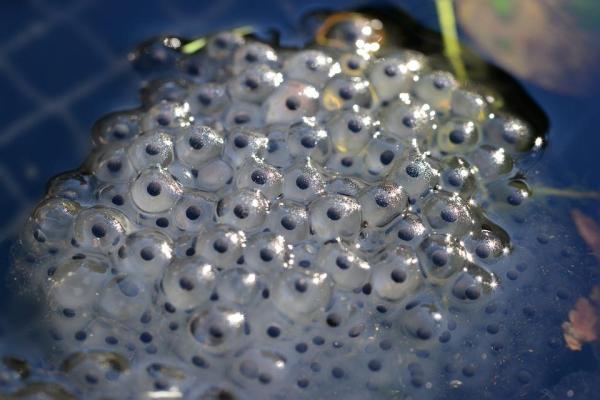
Examples of oviparous animals
It is very rare for mammals to lay eggs. Only a small group called monotremes do it. This group includes platypus and echidnas. We can only find them in Australia and some areas of Africa. These beings lay eggs, but unlike other oviparous animals, the monotremes feed their young with milk and, in addition, have hair.
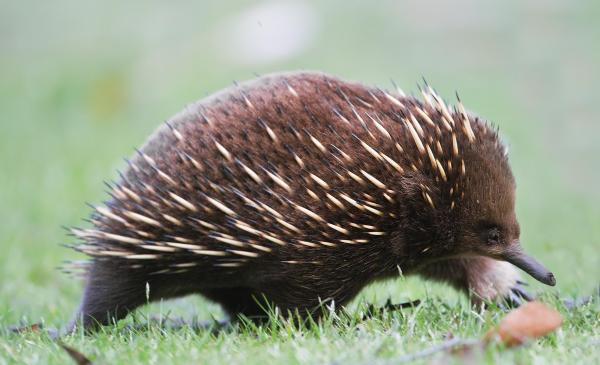
If you want to read similar articles to What Are Oviparous Animals?, we recommend you visit our Facts about the animal kingdom category.

